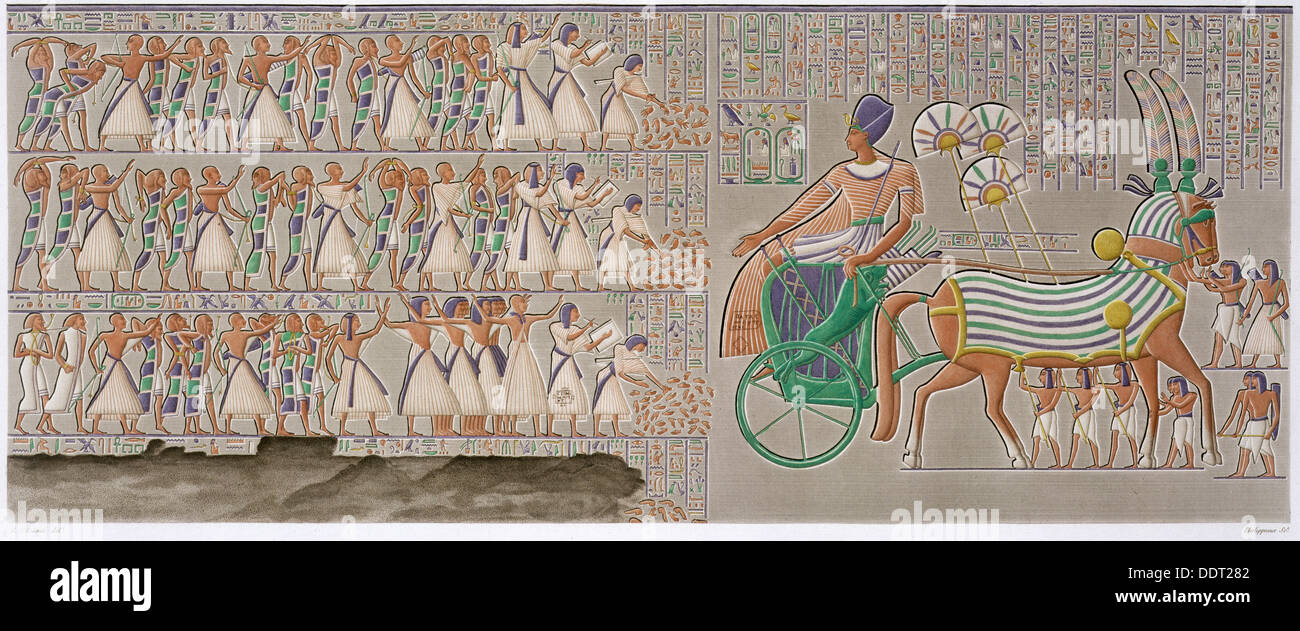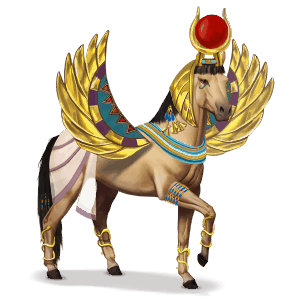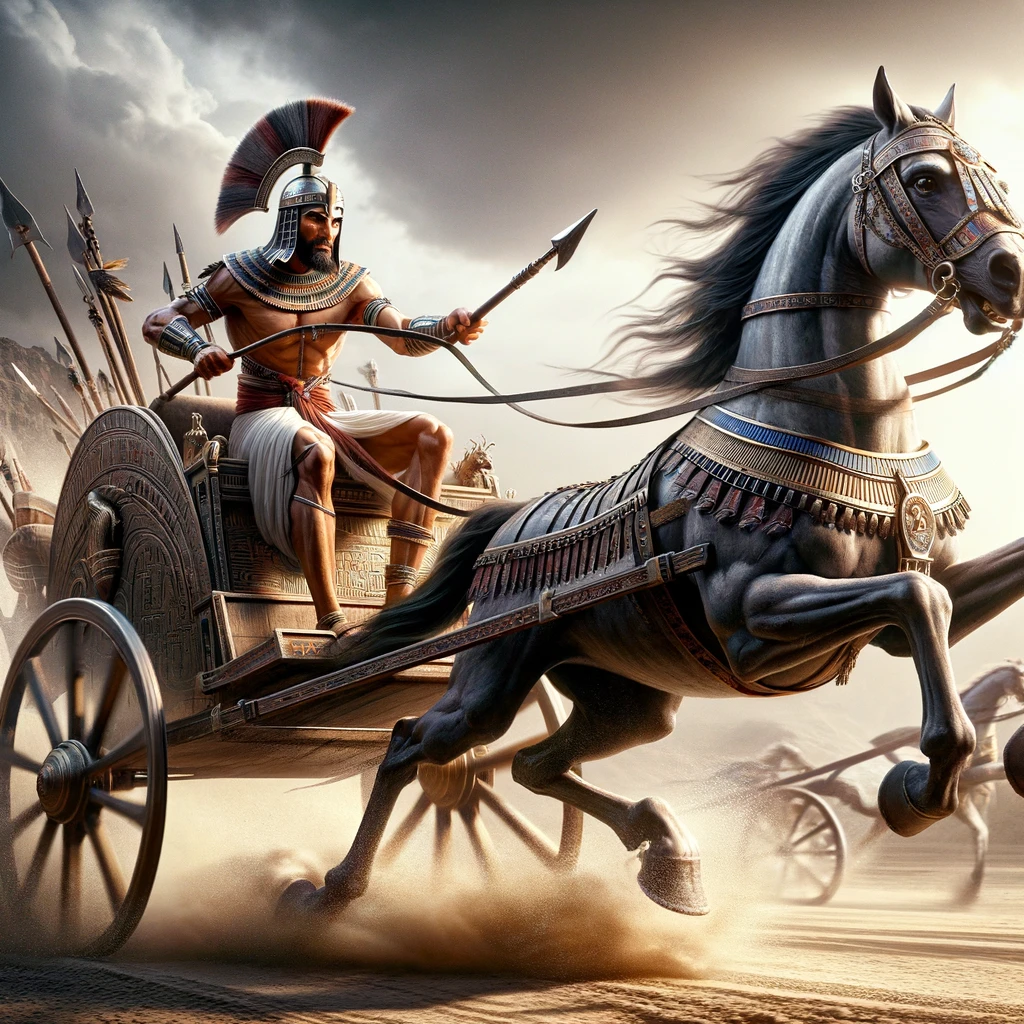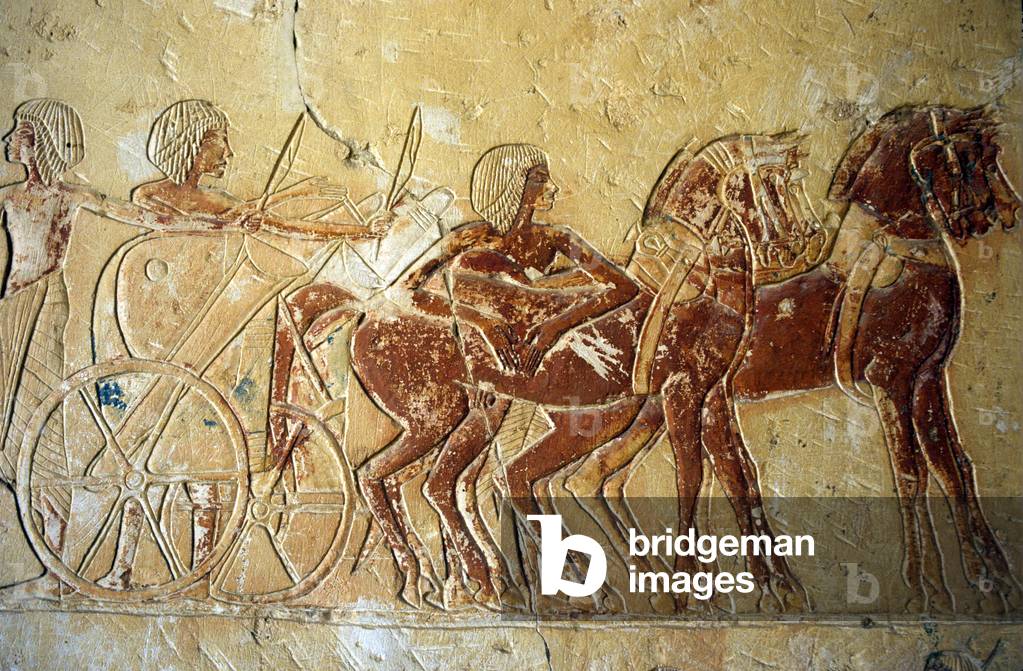Horses in Ancient Civilizations: Egypt, Greece, and Rome

Horses have played a pivotal role in the development of ancient civilizations, serving as symbols of power, tools of war, and companions in daily life. This article explores the significance of horses in three major ancient cultures: Egypt, Greece, and Rome.
Horses in Ancient Egypt

In ancient Egypt, horses were introduced relatively late, around 1600 BCE, primarily through contact with the Hyksos, a Semitic people who brought horse-drawn chariots to the Nile Valley. Horses quickly became associated with the military elite and royalty.
- Military Use: Horses were primarily used to pull chariots, which revolutionized Egyptian warfare by increasing mobility and speed on the battlefield.
- Symbolism: Horses symbolized status and power, often depicted in tomb paintings and temple reliefs alongside pharaohs and gods.
- Breeding and Care: Egyptians developed specialized breeding programs to maintain strong and swift horses, emphasizing their importance.
Horses in Ancient Greece

The Greeks valued horses not only for warfare but also for sport and social status.
- Military Role: Greek cavalry units, though smaller than infantry, were crucial in battles, especially during the classical period.
- Sport and Culture: Horses were central to Greek culture, featuring prominently in the Olympic Games through chariot racing and equestrian events.
- Mythology: Horses appear in numerous myths, such as the winged Pegasus and the Trojan Horse, highlighting their cultural significance.
Horses in Ancient Rome
Romans inherited much of their equestrian tradition from the Greeks and Etruscans but expanded the role of horses in society.
- Military Importance: Roman cavalry and horse-drawn war chariots were essential components of the Roman army, aiding in reconnaissance and rapid attacks.
- Transportation and Communication: Horses were vital for messengers and officials, facilitating the vast Roman road network.
- Entertainment: Horse racing and chariot races were popular public spectacles held in arenas like the Circus Maximus.
Summary Table
| Civilization | Introduction of Horses | Primary Uses | Cultural Significance |
|---|---|---|---|
| Egypt | ~1600 BCE (Hyksos) | Military (chariots), status | Symbol of power, royal association |
| Greece | Early 2nd millennium BCE | Military, sport, mythology | Olympic events, myths like Pegasus |
| Rome | Influenced by Greeks | Military, transport, entertainment | Public spectacles, communication |
Frequently Asked Questions (FAQ)
Q1: When were horses first introduced to ancient Egypt?
A1: Horses were introduced around 1600 BCE, mainly through the Hyksos.
Q2: What role did horses play in Greek mythology?
A2: Horses appear in myths such as Pegasus, the winged horse, and the Trojan Horse, symbolizing power and cunning.
Q3: How did Romans use horses in their military?
A3: Romans used horses for cavalry units, chariot warfare, and rapid communication across their empire.
Horses were more than just animals in these ancient civilizations; they were integral to military success, cultural identity, and social status. Their legacy continues to influence how we view equestrianism today.
